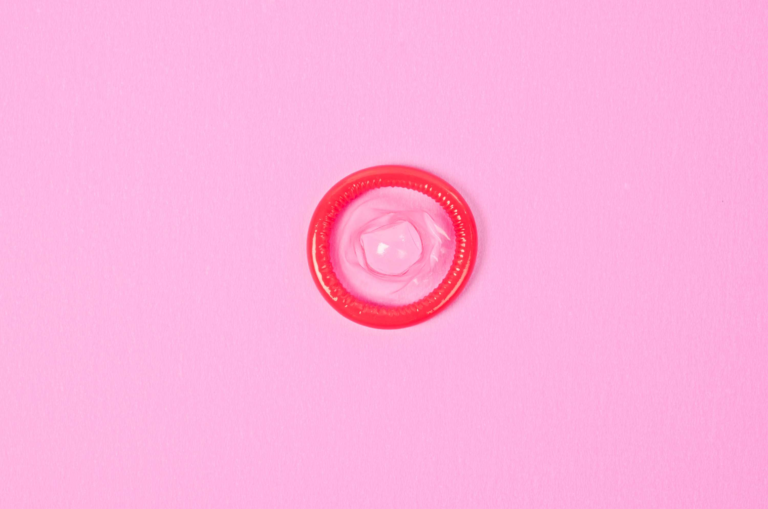Love juicing? This is a reminder too much of a good thing can be unhealthy or even cause injury in very rare cases.
A liver specialist is sounding the alarm about fad diets that are being promoted online and call for a “detox juice” of lots of fruits and raw vegetables mixed in a blender.
Dr. Abby Philips says he’s seen at least two patients who seemed to have developed kidney injury after daily consumption of homemade juice that included ingredients such as gooseberries, beets, spinach, green leafy vegetables and citrus fruits.
“Please don’t do it. It can cause OXALATE KIDNEY INJURY and the kidneys take a LONG time to recover,” Philips tweeted last month.
Philips says there is no harm in having an occasional fruit or vegetable juice, but he wants to warn people — healthy ones and those with chronic liver disease, kidney disease or diabetes — about juicing vegetables and fruits together “in an irrational manner.”
“For example, juicing oranges and avocados along with beets and spinach leads to very high levels of oxalates in the final product, which can harm kidneys,” Philips, a specialist in hepatology and liver transplant medicine at Rajagiri Hospital in Kerala, India, tells TODAY.com.
“The only detox that really works in humans is their own liver and kidneys. As I always say, ‘We don’t detox the liver, the liver detoxes us.’ There is no need to detox at all, as the only aspect of getting detoxed is the person’s bank savings.”
Kidney specialist Dr. Ray Bignall says oxalate kidney injury is not something that’s likely to affect the average person who is juicing as part of their breakfast, but agrees it’s important not to overdo it.
“I think the main message is: Just like your mama told you, everything in moderation,” Bignall, a pediatric nephrologist at Nationwide Children’s Hospital in Columbus, Ohio, tells TODAY.com.
“The author of the tweet was correct in raising alarm about the danger of fad diets and fad nutrition trends. Certainly, anytime anyone wants to take part in any unique diet or nutrition program, they should always consult with their licensed nutritionist and with their physician in order to do that safely.”
What are oxalates?
Oxalate is a compound that’s found in a number of foods, particularly some leafy vegetables, Bignall explains.
The National Institutes of Health says foods high in oxalates include:
Fruits: rhubarb, currants, canned fruit salad, strawberries and Concord grapes
Vegetables: beets, leeks, summer squash, sweet potatoes, spinach and tomato soup
Drinks: tea and instant coffee
Other foods: grits, tofu, nuts and chocolate
How do oxalates affect the kidneys?
Excess production or absorption of oxalate can ultimately lead to kidney injury, researchers warn in the World Journal of Nephrology and Urology.
This type of injury, called oxalate nephropathy, can be related to an inherited disorder of metabolism or intestinal malabsorption.
But it can also be ingestion-related if a person eats excessive amounts of oxalate-rich foods such as leafy green vegetables, rhubarb, starfruit, nuts and soy products, “particularly in the context of juicing diets,” studies have found.
This is uncommon, says Dr. Joseph Vassalotti, chief medical officer of the National Kidney Foundation.
“I worry about freaking people out about an uncommon or rare complication of what are generally healthy drinks if used in reasonable amounts for most people,” Vassalotti tells TODAY.com in a statement.
Bignall agrees this type of injury is extremely rare. People at risk may be those who include oxalate-rich foods as part of an “aggressive juicing program” and consume a large amount of that juice.
Extreme juicing
Take for instance the case of a 68-year-old man who developed severe acute oxalate nephropathy six months after he started a daily oxalate-rich fruit and vegetable juice diet.
He blended one-third of a pound of raw baby spinach leaves with Swiss chard, then added broccoli, cauliflower, green beans, asparagus, kale, beets, cilantro, parsnips, mushrooms, onions, and blueberries or raspberries. He added 4 ounces of water to the mix and drank one quart daily.
Along with a breakfast that included oatmeal and vegetables, plus a lunch and dinner of pureed yams, spinach, Swiss chard, tofu and garbanzo beans, the man’s daily intake of oxalate was about 10 times that of a typical diet, according to Case Reports in Nephrology.
Another case report featured a “very health conscious” 81-year-old man who developed diet-induced oxalate nephropathy after a nut-rich eating regimen that also included drinking more than 4 cups of almond milk every day. The beverage has the highest oxalate concentration of plant-based milk alternatives, studies have found.
It’s important not to overdo it when it comes to one’s diet, Bignall says. That includes people with healthy kidneys and those with mild kidney dysfunction due to high blood pressure or diabetes who “go headlong” into an unhealthy degree of consumption of foods rich in oxalate, he adds.
“Do I think that people are putting themselves at undue risk by consuming one or two juiced vegetable or fruit drinks per day? No, the average person can consume a reasonable number of a couple juiced drinks per day,” Bignall says.
“We physicians want to encourage our patients to consume healthy foods. But just like anything, too much of a good thing can be a bad thing,” Bignall says.
This content was originally published here.



















